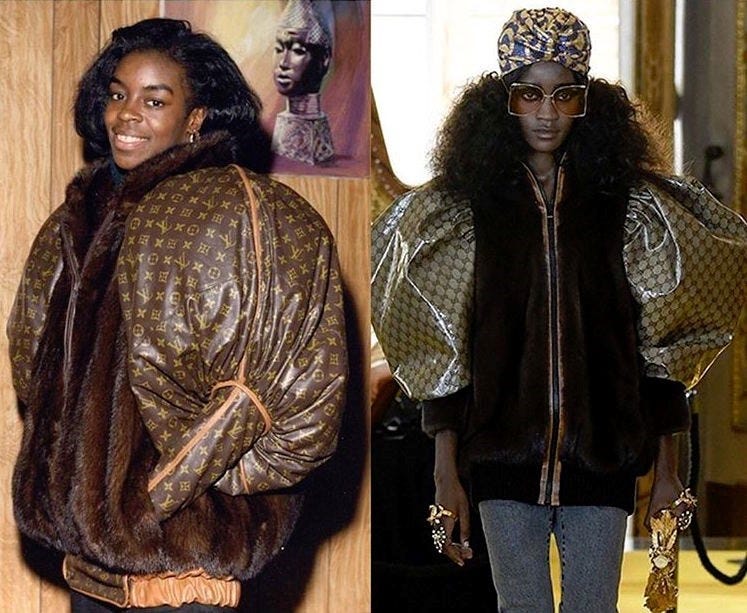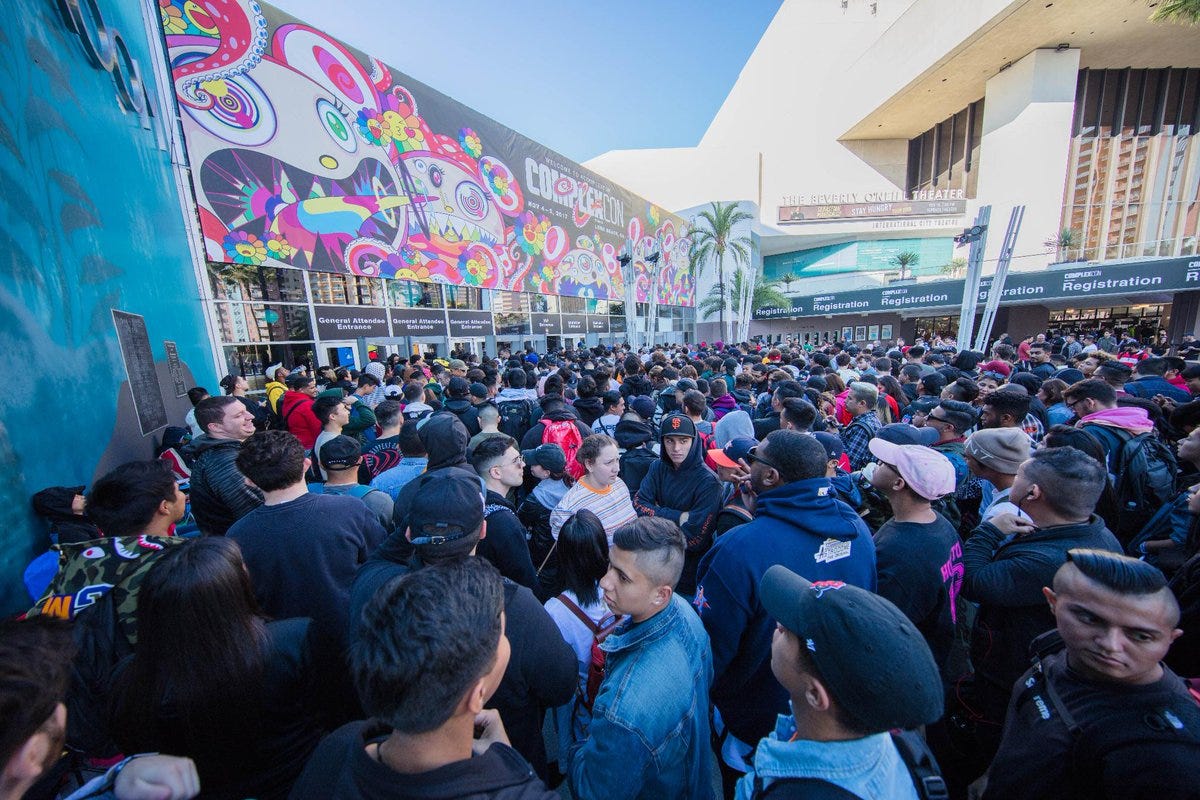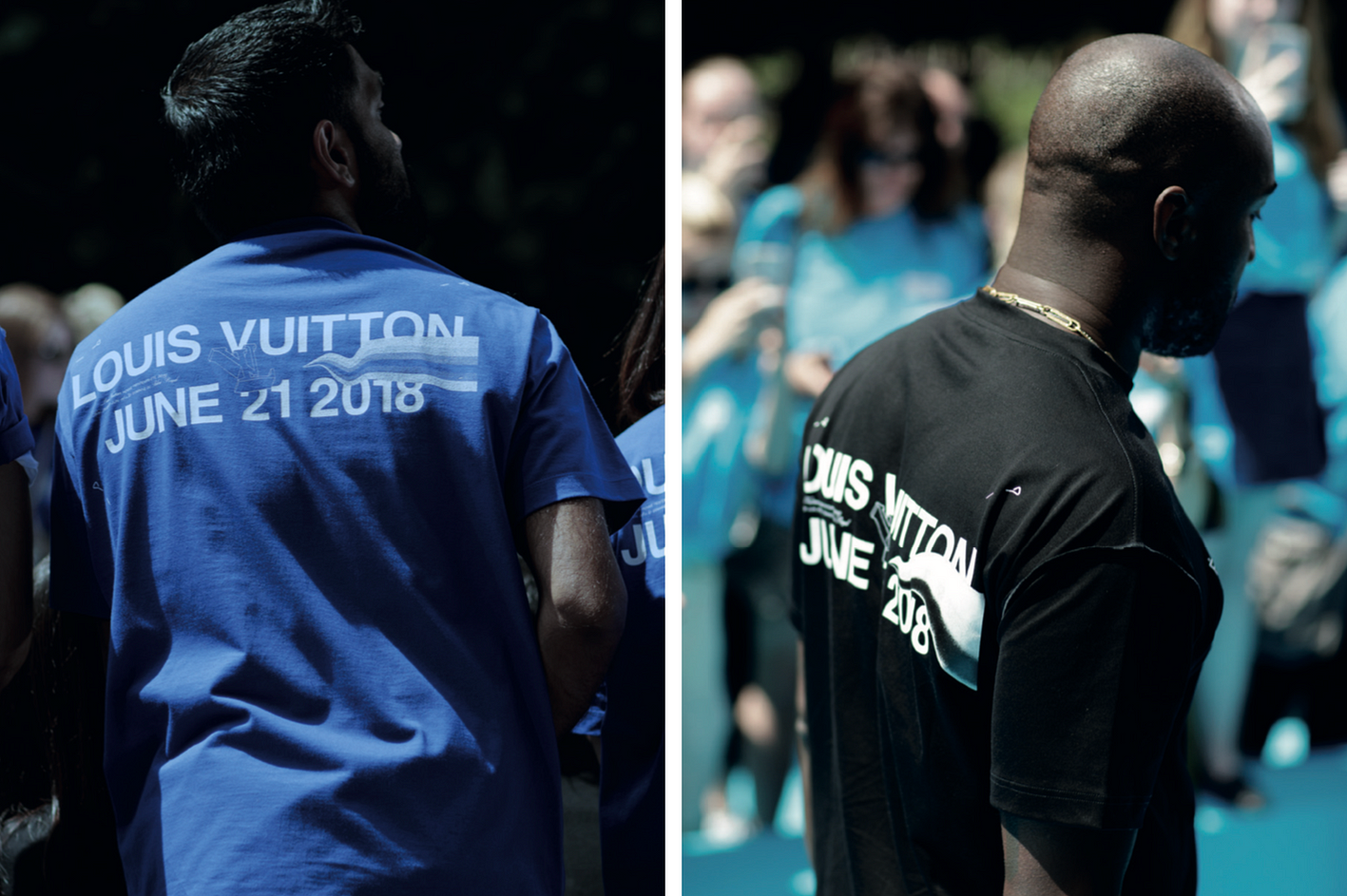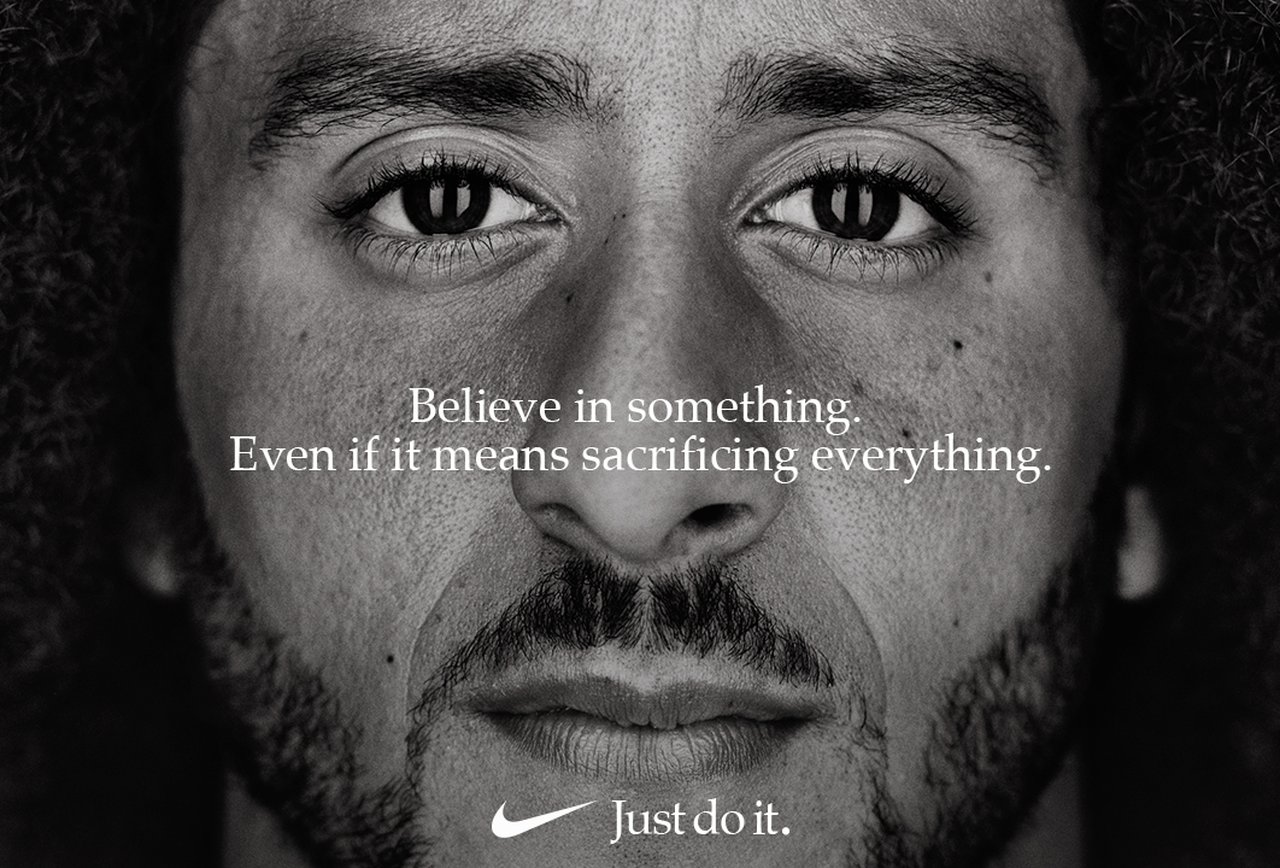Exploring the phenomenon that is streetwear, and why luxury fashion is copping its style.
Streetwear has existed for decades. Shawn Stussy who created surf culture brand Stüssy in the 80s, is often credited as one of the founding fathers of streetwear. The style known for its baggy and loose cuts were quickly adopted by the hip-hop community for its comfort and versatility. It wasn’t long before Nike and Adidas got inducted into the style genre, thanks to hip hop stars such as LL Cool J (who wore a pair of Nike Air Jordan Is on the back cover of his debut album Radio) and Run-DMC (the duo featured the Adidas Superstar in their smash hit music video Walk This Way) which pushed streetwear further into mainstream consciousness.
Since then numerous streetwear brands such as The Hundreds, Original Fake, and Undefeated had been launched, amassing a cult-like following. Supreme is undoubtedly one of the most commercially successful, if not the most recognisable streetwear brand by far. It officially grabbed the fashion world’s attention in 2017 when it launched a collaboration with Louis Vuitton through then artistic director Kim Jones. Fun fact: almost two decades ago, Louis Vuitton filed a lawsuit against Supreme for copyright infringement. The streetwear brand incorporated its logo into Louis Vuitton’s trademark monogram pattern and printed onto the deck of a skateboard.

The Biggest Irony
Streetwear has always been luxury fashion’s fiercest antagonist. Dapper Dan (also known as Daniel Day) was known in the 80s for creating “couture streetwear” for young African Americans, a demographic who were at that time not catered for by luxury brands. Day used unauthorised materials printed with monograms of brands such as Louis Vuitton, Gucci and Fendi for his creations. His regulars include rap and hip hop artistes such as Salt-N-Pepa Big Daddy Kane, and The Fat Boys. Day was streetwear’s middle finger to luxury fashion. He was eventually sued out of business in 1992.
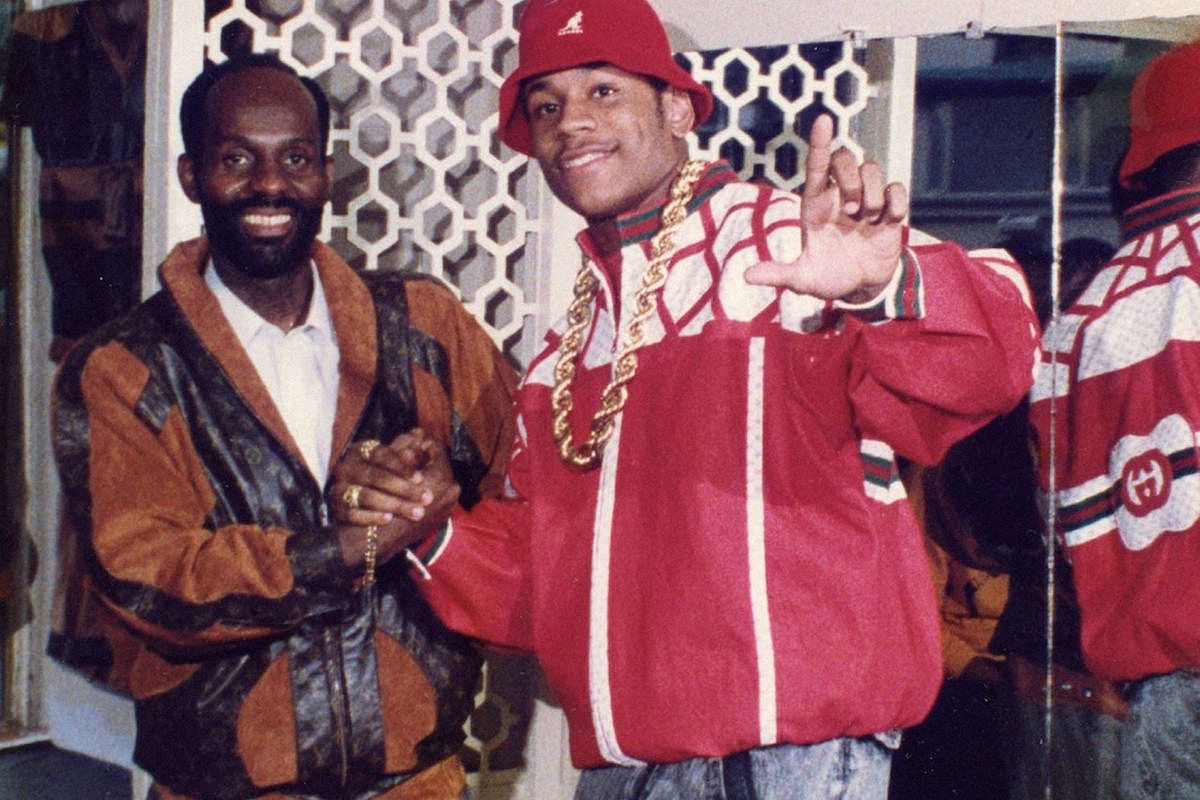
Then something magical happened in 2017. Alessandro Michele, Creative Director of Gucci knocked off one of Dapper Dan’s jacket originally designed in 1989 for Diane Dixon, the jacket sports a pair of puffed sleeves covered in Louis Vuitton’s monogram. In his version, Michele merely replaced the said monogram with Gucci’s interlocking Gs. Naturally the internet was outraged. However no one knew that years before Michele and Gucci’s CEO, Marco Bizzarri had approached Day for a collaboration but were unsuccessful. The stunt was Michele’s way of paying homage and it convinced Day to partner with Gucci. In 2018, the Italian fashion house and the Harlem couturier launched a collection inspired by Dapper Dan’s custom pieces from his ‘80s archives.
Luxury’s Foray into Streetwear
During the same period we witnessed the advent of “luxury streetwear”. The meteoric rise of brands such as Vetements (founded by Demna Gvasalia in 2014) and Off-White (founded by Virgil Abloh in 2012). Interestingly both founders are also now creative directors for luxury houses, Gvasalia for Balenciaga since 2015 and Abloh for Louis Vuitton since 2018. Dior seems to be following a similar strategy, the luxury house wasted no time in hiring Kim Jones as creative director for Dior Homme right after he left Louis Vuitton last year. Jones collaborated recently with street artist KAWS (who had also collaborated with Supreme) to reimagine Dior in streetwear. The duo released a 2019 Summer Capsule collection which includes a pair of high top sneakers that looked a lot like a pair of Converse covered in Dior’s iconic Oblique print.
The world of luxury fashion is topsy turvy right now. It has always pride itself for being the source of inspiration, trickling down from the celestial heights of couture to the eager masses who await to taste a piece of fashion manna. The late Karl Lagerfeld once said, “Sweatpants are a sign of defeat. You lost control of your life so you bought some sweatpants.” But would he had said that if he had known that someday streetwear would trickle up to be the inspiration of luxury fashion?
The New Luxury Consumers
In 2018 Highsnobiety published “The New Luxury” a whitepaper that offers insight into the luxury mindsets of Millennials and Generation Z. These are the consumer segments that drove 85% of all luxury growth in 2017, and are predicted to soon make up 45% of the luxury market by 2020. The key takeaway from the whitepaper is that consumer segments have changed, and with that the very definition of luxury. Indeed as Jean-Noël Kapferer wrote in his book The Luxury Strategy, luxury has the fundamental function of creating “social stratification” and ultimately “it is society that defines what luxury is”. In the same way Millennials and Gen Zs still see luxury as a social markers that sets them apart from the rest, what has changed is the narrative of luxury.
It so happens that streetwear fits within the narrative of new luxury:
New Luxury Narrative #1: Commitment is The New Currency
Luxury brands demand fans or no one at all. Keeping non-enthusiasts out helps preserve brand value and protects the brand against dilution as a result of being overly available. A luxury brand’s exorbitant price point by default prohibits ownership to all but a select well-moneyed few. In comparison the price point for streetwear is much less prohibitive. Lest you be fooled there is an equally high initial cost tied to this, paid in the currency of “commitment”.
The “Militia Green/Orange Blaze-Metallic Silver” Undefeated x Nike Air Max 97 is the most sought after sneaker as it has one of the rarest colorways. It was sold exclusively at ComplexCon in Long Beach, California for US$350. The ordeal sneakerheads go through to acquire these babies includes investing in travel, accommodation and an entry ticket to the event. For those who might be feeling slightly competitive and want a better chance at securing exclusive items, there is an option to purchase an“Early Access VIP” ticket for three times the price of a regular ticket — even so queues at points of sale for high demand items could take up to three hours. Today these pair of sneakers fetch for more than three times the original price. Of course the cash rich but less than committed could purchase these items through third party platforms at highly inflated prices.
The currency of commitment has also made “earning luxury” possible through active participation — for instance, souvenir t-shirts which Louis Vuitton gave for free to attendees of Virgil Abloh’s 2018 inaugural menswear show. Conversely this also made it possible to “purchase participation” oddly through “money-can’t-buy collectibles” like this t-shirt which has become highly sought after and retails for up to $1000 on peer-to-peer luxury resale platforms such as Grailed. To buyers with deep pockets ownership is as good as participation.
New Luxury Narrative #2: Connecting through Community
Gone are the days where luxury brands can just rely on being aspirational by way of prestige and heritage. Today’s new luxury consumers expect brands to be inspirational and culturally relevant to the community. They are looking to brands for shared value and meaning, which must be reflected in the products.
It is no coincidence that Nike placed Colin Kaepernick — who controversially kneeled during the national anthem before NFL games to protest against police brutality which resulted in the deaths of unarmed African Americans — at the center of its Dream Crazy campaign. The sneaker behemoth made a clear political statement through its campaign which boldly declared (in reference to Kaepernick), “Believe in something. Even if it means sacrificing everything. Just do it.” The campaign broiled Nike in controversy for weeks, outraged netizens protested by sharing videos and images of destroying Nike products they own. In spite of that Nike’s stock shot up by 36% in the following weeks, adding $6 billion to its market value.
New Luxury Narrative #3: Culture & Scarcity over Craftsmanship
Although craftsmanship and quality remain important purchase qualifiers for luxury goods, new luxury consumer are looking for additional qualifiers. Around 42% of Highsnobiety readers surveyed say that their favorite brands “inspire them to expand their cultural horizons”. Streetwear have done this exceptionally well through collaborations. Supreme is a prime example, the brand has a long list of collaborations with artists, photographers and designers such as Jeff Koons, David Lynch, and Takashi Murakami. Supreme understands that the new luxury consumer have come to expect brands to take on the role of art curator, and their product is a canvas. Also these collaborations tend to be scarce and we know that 37% of new luxury consumers are drawn to and are willing to pay more for limited editions.
Final Thoughts: On Commitment, Community, and Culture.
Millennials and Gen Zs today demand a new narrative of luxury: one that accepts payment in the form of commitment, embody the shared values of their communities, and inspires them to expand their cultural horizons through art. While streetwear is at the centre of this new narrative, luxury fashion is playing catch up through imitation. How might this narrative apply to luxury product categories beyond apparel remains to be seen. Curiously 96% of Highsnobiety readers say that they are interested in “traditional brands who take unexpected creative changes”.
Would we one day see a St. Regis x PALACE collab perhaps?


